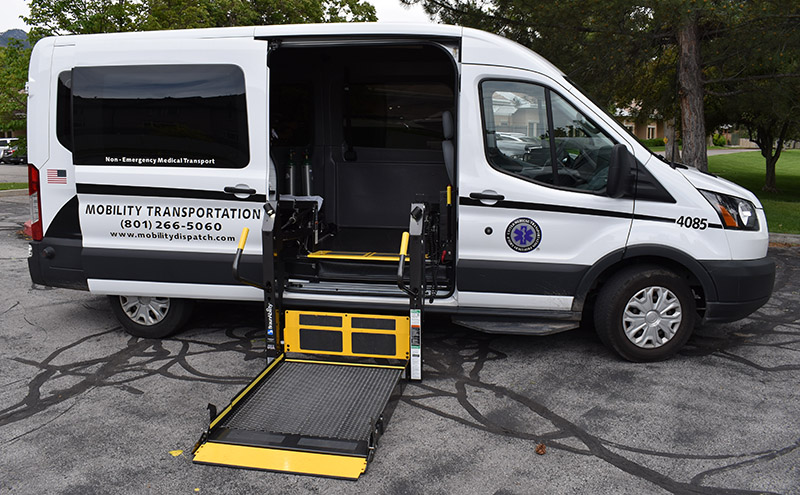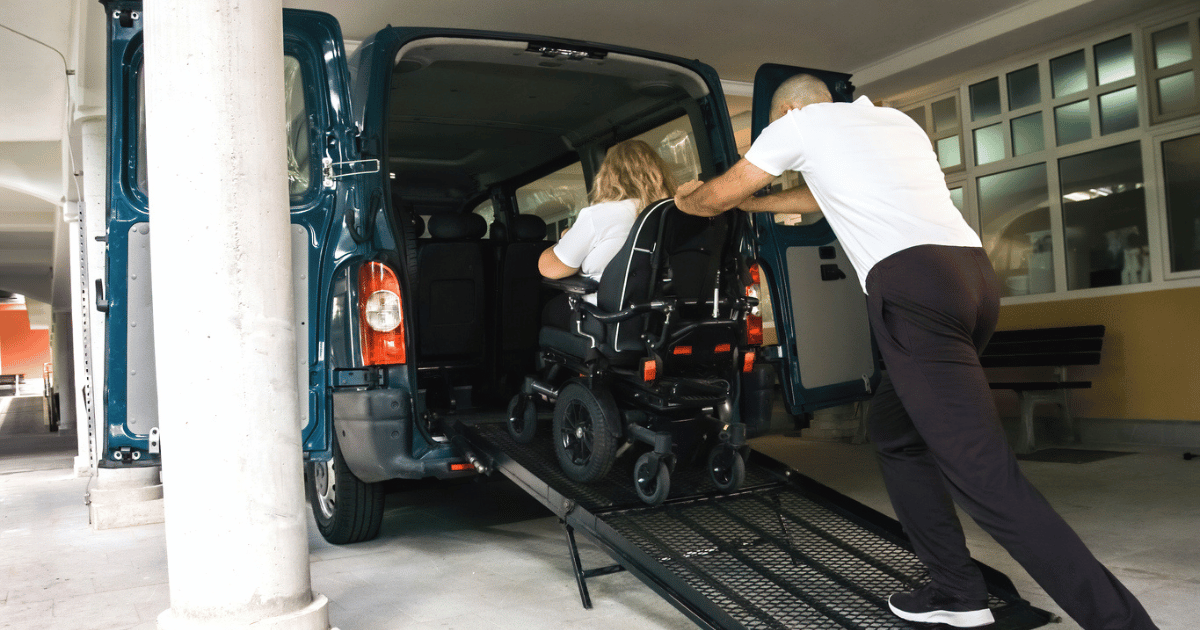Cost Effective and Accessible Medical Transport Options for Every Circumstance
In the realm of health care, the ability to gain access to clinical services is vital, yet the difficulty of budget friendly and easily accessible transport can frequently impede people from obtaining required care. By exploring specific medical transport solutions, neighborhood transport programs, ride-sharing and taxi services, non-emergency medical transportation, as well as public transit and paratransit choices, individuals can locate avenues that provide to their details needs and guarantee they obtain the treatment they require.
Specialized Medical Transportation Provider
Specialized medical transport services play a critical role in making sure secure and reliable transport for people calling for specialized care during transit. These services accommodate patients with unique clinical requirements, such as those needing constant surveillance, customized tools, or clinical treatments during transport. By making use of specifically equipped vehicles and experienced medical employees, specialized clinical transportation services guarantee that people get the needed care while being transported in between medical care facilities, residences, or various other locations.
One trick aspect of customized medical transport solutions is the emphasis on patient comfort and safety and security. Clinical transport groups are educated to handle different clinical problems and emergency situations that might develop throughout transportation, providing a higher level of care than conventional transport options. Additionally, these services frequently use door-to-door aid, decreasing the stress and anxiety and pain that individuals may experience during transfers.
Neighborhood Transportation Programs
Having addressed the critical duty of specific clinical transport solutions in making sure safe and effective transportation for people with unique clinical needs, the emphasis currently shifts to taking a look at Community Transport Programs - medical transportation. These programs play a vital function in providing inexpensive and easily accessible transport solutions for the general populace, consisting of seniors, individuals with handicaps, and low-income families who may deal with obstacles in accessing typical transportation choices
Area Transport Programs encompass an array of solutions such as fixed-route buses, paratransit solutions, volunteer driver programs, and ridesharing initiatives. These programs are typically funded by neighborhood federal governments, non-profit organizations, or personal business to guarantee that individuals have reputable transportation options to get to medical appointments, food store, social tasks, and various other essential destinations.
Ride-Sharing and Taxi Providers

One of the vital advantages of ride-sharing and taxi services is their availability. These services run 24/7, permitting people to take a trip to medical visits, drug stores, or hospitals at any kind of time of the day. Additionally, ride-sharing and taxi services satisfy individuals with movement challenges by providing wheelchair-accessible cars upon request.
In addition, ride-sharing and taxi solutions can be specifically valuable for people staying in areas with restricted public transport alternatives. By bridging the void between home and health care facilities, these solutions play a crucial duty in making certain that everyone has accessibility to crucial medical services.
Non-Emergency Medical Transportation

Non-Emergency Medical Transport providers usually employ experienced workers that are experienced in helping people with varying clinical needs (medical transportation). These experts guarantee that patients are securely transferred to their locations in a timely way, resolving any certain demands or clinical devices necessary during the trip. By offering door-to-door service, Non-Emergency Medical Transportation enhances the overall availability of medical care for individuals who may otherwise battle to participate in critical medical visits. On the whole, link these solutions add considerably to enhancing health care end results by assisting in the smooth transport of people to non-urgent clinical centers.
Public Transit and Paratransit Options
Public transportation and paratransit choices provide essential transport services for people with differing mobility demands, making certain accessibility to important locations such as medical centers and appointments. Public transportation systems, consisting of buses, trains, and subways, provide a cost-efficient and commonly readily available mode of transport for people seeking to reach medical appointments. These services are especially advantageous for those that might not have access to personal automobiles or call for aid due to wheelchair obstacles.
Paratransit services cater particularly to people with handicaps who are unable to use standard mass transit. These solutions supply door-to-door transport, accommodating individuals with wheelchairs, walkers, or other wheelchair help. Paratransit lorries are outfitted with attributes such as mobility device ramps and securement systems to make certain the secure and comfy transport of travelers with varying movement demands.

Final Thought
